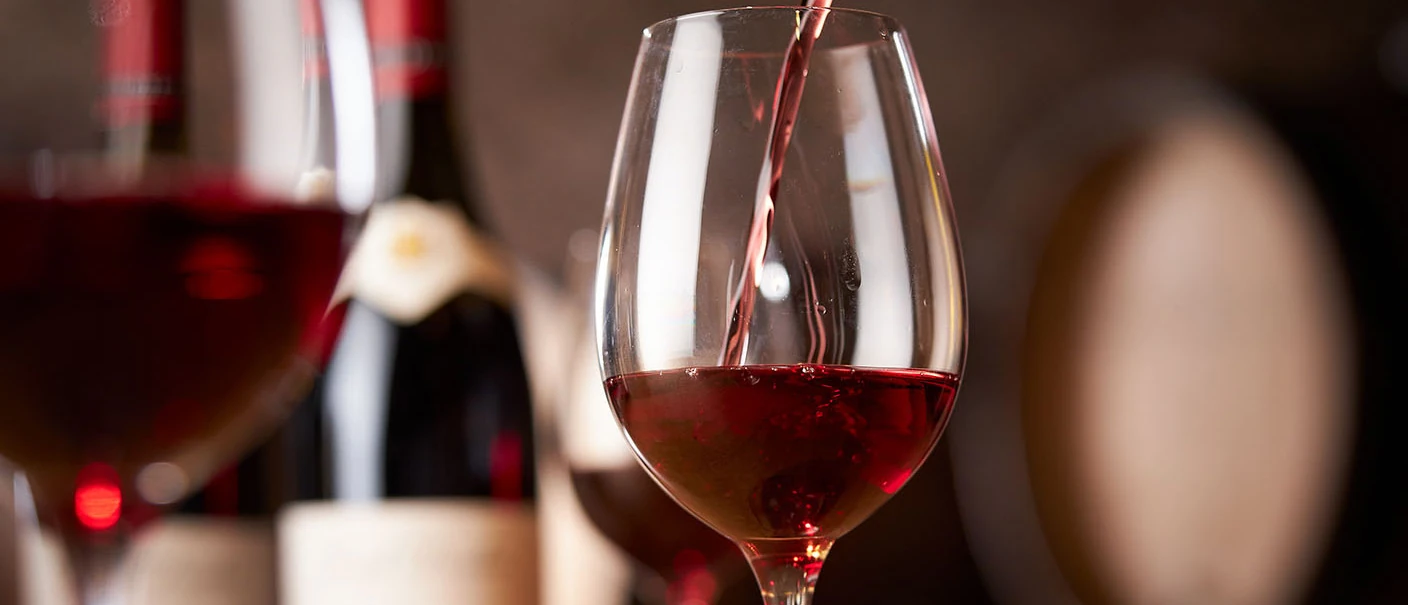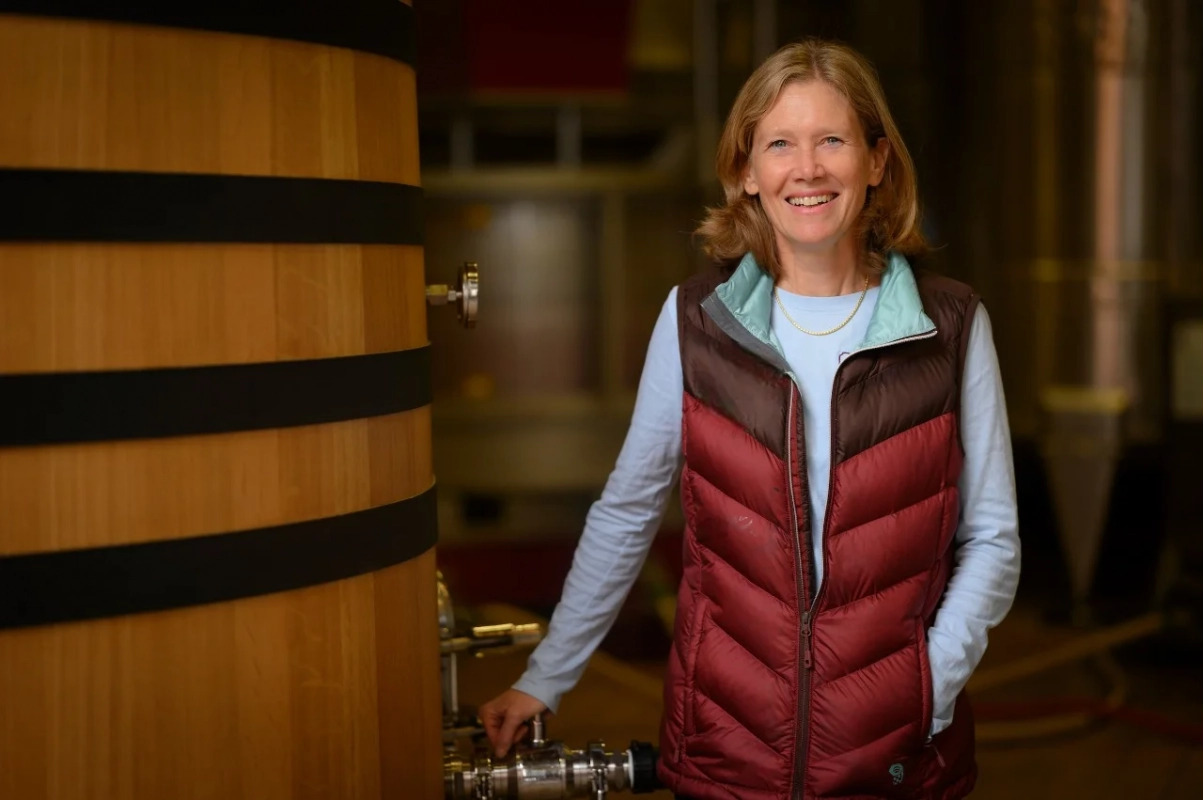Are you sure you want to perform this action?

Chambolle-Musigny Baudes
Premier Cru
Service
-
Cellaring
Optimal consumption: 10 to 20 years
Ageing potential: 25 years
-
Tasting temperature
16-18°C (61-65°F)
Grape variety
Pinot Noir
Vineyard
Producing commune: Chambolle-Musigny.
Site: at ther heart of the Côte de Nuits, in the village of Chambolle-Musigny. This is a small vineyard, located below Bonnes-Mares. It has a mild incline and faces due east.
History & tradition: the name of the village “Chambolle” is probably derived from the Celtic "cambola" (meaning fertile land near a stream, soil of good quality). Joseph Drouhin owns several parcels in this appellation, already reputed for its vineyards in Gallo-Roman times and cultivated by the monks in the Middle Ages.
"Baudes" is an ancient vineyard whose name is of Germanic origin ("Baud").
Soil: complex limestone subsoil, dating from the Jurassic age and ideally suited to the Pinot Noir grape.

Tasting
by Véronique Boss-Drouhin
The wine displays a lively, bright red colour. The aromas are numerous, complex and straightforward: violet, black cherry, humus, truffle and a touch of venison when approaching maturity. On the palate, the amount and strength of the tannins is rather restrained and delicate. Acidity and texture are in harmonious proportion. In the aftertaste, long lasting and fine flavors of candied fruit or kirsch.
Vintage
2023 stands out as one of the hotest years in Burgundy, surpassing even 2022.
This vintage is marked by its generosity, both in quantity and quality, with consistent yields across all regions in Burgundy.
The wines offer flavours of ripe red and black berries.
The climate's generosity is evident in these Pinots Noirs.
They show excellent ripeness with smooth, long, and complex palates.
2023 is a vintage of high quality.
Viticulture
Throughout its 100-hectare (247 acres) estate, Maison Joseph Drouhin has adopted organic viticulture practices since the late 1980s and biodynamic viticulture since the 1990s. Our credo is to provide "natural answers to natural problems". All our practices show the greatest respect for the soil, the vine and the environment. Our deliberately low production yields allow our grapes to reveal the precise expression of each terroir.
Winemaking
Harvest: grapes harvested by hands in open-work crates. If necessary, a careful sorting is proceeded.
Vinification: whole crop harvest of 20 to 50% depending on the vintage. In accordance with the terroir and the profile of the vintage, we do 2 to 3 weeks of fermentation and maceration in small open vats, marked by punching of the cap and pumping-over. The yeasts are indigenous (natural). Pressing in a vertical press. Separation of the ends of the presses based on tasting.
Ageing: in oak barrels including 25% of new barrels.
The ageing lasts between 14 to 18 months.
Origin of the wood: oak grown in French high forest.
Throughout the ageing process, decisions are taken only after careful tasting evaluation. The data obtained is completed through technical analysis. As with every other Joseph Drouhin wine, absolute priority is given to the true expression of terroir and character of the vintage.


